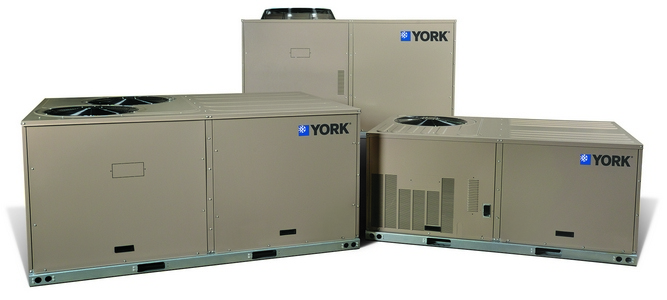ASHRAE Seeks Input on Revisions to Data Centers in 90.1 Energy Standard Scope
ATLANTA, Ga. – Addendum cs to ANSI/ASHRAE/IES Standard 90.1-2010, Energy Standard for Buildings Except Low-Rise Residential Buildings, is open for advisory public review through Feb. 3. The addendum proposes changes to definitions for computer rooms and data centers in Standard 90.1 to create a distinction between facilities covered by 90.1 and those which are intended to be under the scope of ASHRAE Standard 90.4P, Energy Standard for Data Centers and Telecommunications Buildings, proposed by ASHRAE in late 2012.
The definition proposed for computer rooms more closely aligns with ASHRAE Standard 100, Energy Efficiency in Existing Buildings, and the U.S. Energy Information Administration’s Commercial Building Energy Consumption Survey (CBECS). In addition, the definition is consistent with Uptime Institutes’ “Tier Standard: Topology” and the Telecommunications Industry Association ANSI/TIA-942 class rating for low-risk Tier I data centers. High risk data centers such as those designed as Tier II or greater per ANSI/TIA942 or ones with mechanical cooling system redundancy are expected to be covered by the 90.4P standard now under development.
Steve Skalko, chair of the Standard 90.1 committee, said with the development of Standard 90.4P feedback is needed from the industry to clarify the scope and definitions of each standard. Energy conservation requirements for high risk data centers, initially covered by Standard 90.1-2010, are expected to be detailed in the 90.4P standard. Computer rooms, which can include low-risk data centers, would remain under the scope of Standard 90.1.
“The costs and approaches used in determining appropriate HVAC applications used to achieve energy efficiency are different,” he said.
Computer rooms, which by the proposed definitions include low-risk data centers, are usually associated with electronic equipment spaces that are not considered risks and therefore money is typically not spent to install levels of component and systems redundancies. Computer rooms may be ancillary functions and add loads in a larger building and often are served from the same central cooling plants.
Computer rooms are designed to provide local data processing and information storage for in-house end users and clients, which the owner has deemed very low risk. Risk choices are made to reduce total lifecycle costs associated with not only system selection and operation, but potential failures, business interruptions, continuity plans and overall company specific business model features like staffing requirements, according to Skalko.
By comparison, data centers designed as Tier II or greater per ANSI/TIA942 or ones with mechanical cooling system redundancy carry more risk. Industry studies indicate downtime associated with such risk can cost tens of thousands of dollars a minute, with the potential to negate both past energy savings and future business viability in a single act. The demand for data centers has grown, as the electronic equipment needs have evolved with the huge demand for data processing services and storage in the age of digital devices.
A data center has the function to support the electronic equipment that commonly provides services to outside or external clients, hence the heightened awareness of risk and risk mitigation approaches employed. Data centers can support everything from an individual enterprise all the way to hosting services on the internet and must provide maximum operational run time on a 24-7 basis. These facilities are built with multiple levels of component redundancy, providing at least an N+1 mechanical cooling capacity redundancy, if not greater, as well as operational resiliency (increased staffing hours and expertise), Skalko said.
To comment or to learn more, visit www.ashrae.org/publicreviews.



